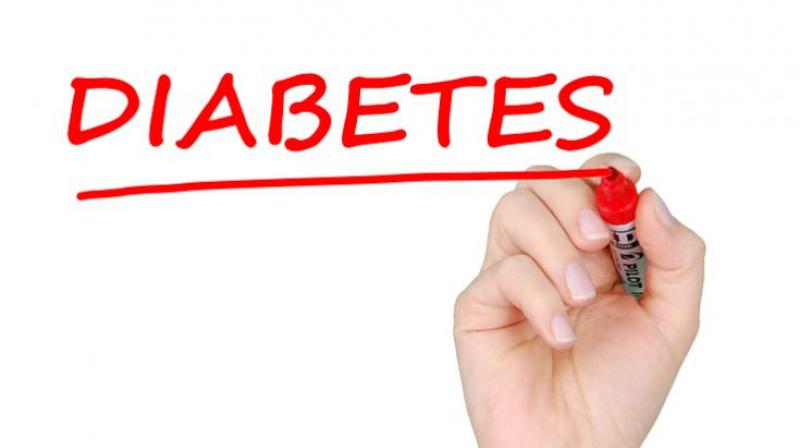Preventive healthcare key to prevent NCDs
Medicos say that in such a scenario, it is important to focus on preventive health instead of curing these diseases.

Chennai: It is alarming that disease such as diabetes, hypertension and cardiovascular conditions that previously affected people in their late middle age have started emerging in much younger age groups. Medicos say that in such a scenario, it is important to focus on preventive health instead of curing these diseases.
Targeting the young and productive individuals of the nation for preventive healthcare would have best outcomes. This is the active and resourceful group that needs health interventions the most, which is seldom the case.
Unfortunately, good health years are lost in the never ending rat race and the majority of individuals become health conscious around their 50s when prevention strategies become slim, says Dr Shirley Andrew G, head of preventive health, Westminster Healthcare.
“We also need to sensitize the general public who are yet not aware of the importance of preventive health that it is high time they wake up. With private hospitals gradually introducing high end technology based preventive healthcare along with the aid of government in backing up the same, we are hopeful in seeing a new era of preventive healthcare in the future,” adds Dr Shirley.
Various studies suggest that most of the chronic diseases can be prevented with simple lifestyle modifications, especially in youngsters; lifestyle changes can reduce the risk of non-communicable diseases (NCDs) significantly.
The ICMR INDIAB study also highlighted the importance of physical activity and focused on the age group of 2099 from four states mainly Tamilnadu, Maharashtra, Jharkhand, Chandigarh.
The report said that there is improvement in global levels of physical activity since 2001 and worldwide, around 1 in 3 women and 1 in 4 men do not do enough physical activity to stay healthy along levels of insufficient physical activity are more than twice as high in high-income countries compared to low-income countries, and increased by 5 percent in high-income countries between 2001 and 2016.
It also further adds that more than a quarter (1.4 billion) of the world’s adult population were insufficiently active in 2016, putting them at greater risk of cardiovascular disease, type 2 diabetes, dementia, and some cancers, according to the first study to estimate global physical activity trends over time.

